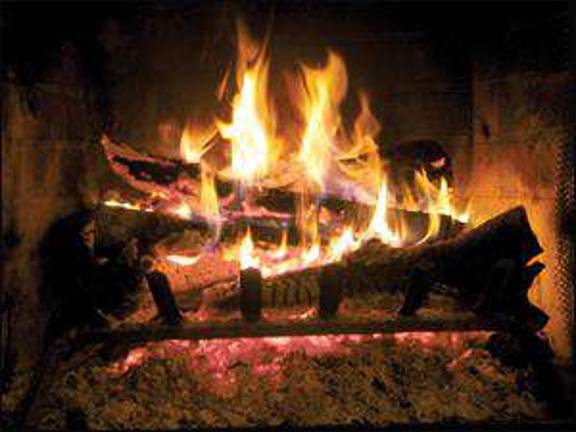Light your fire

Choose a hardwood and keep the chimney clean, By Chris Young Whether the desire is to watch the flames dance at an outdoor fire or cozy up next to a warming fire inside, it all depends on the firewood. Carl Smith, who runs his own tree service, says hardwoods such as oaks, hickories, ash, hackberry, locust and hard maple give off the most heat and are good choices for indoor fireplaces. “Now, it is a little more difficult to get started, but your hardwoods burn a little redder and a little hotter,” he says. Softer woods such as maple, elm and sycamore burn a little brighter and are good choices for outside. “The softwoods, they don’t burn as hot as the hardwoods, but a lot of people like the flame,” he says. “For recreational fires, the mix of hardwood and softwood is a good combination.” Smith says firewood logs need to cure, or dry, at least nine months before burning. Logs that were split when green can take less time, about three to four months. “They need to make sure they are not getting anything that is full of bugs or sappy,” he says. “No pine or sappy wood that is going to clog your flue and give you problems in the future.” Smith says homeowners should have the chimney flue checked and cleaned at least every other year. Consumers also should be aware of the firewood’s origin. In addition to insect pests such as termites and carpenter ants, natural resources officials are concerned about the spread of invasive species like the emerald ash borer, an insect that devastates ash trees. Buying firewood from local sources and avoiding transportation of firewood from state to state can help present the spread of pests. The borer probably arrived in the United States from Asia in wooden packing materials. Chimney safety Bill Klein, owner and operator of Klein’s Chimney Sweep Service has been in the chimney cleaning business for more than 30 years. He offers the following tips to keep fireplaces with chimneys operating safely: Periodically shake the damper and check creosote buildup on the walls of the chimney. Creosote is a highly flammable byproduct of combustion that can ignite when it builds up within the smoke pipe and chimney. If the buildup is thicker than a nickel, or of if creosote can be shaken loose from the damper, the chimney should be swept. Chimneys also should be swept about once a year, or when a cord of wood has been burned. Before use each season, the fireplace should be inspected carefully; there should be no cracks. Klein said the most common cause of chimney fires is poor insulation resulting from improper installation. Creosote buildup is the second most frequent culprit.